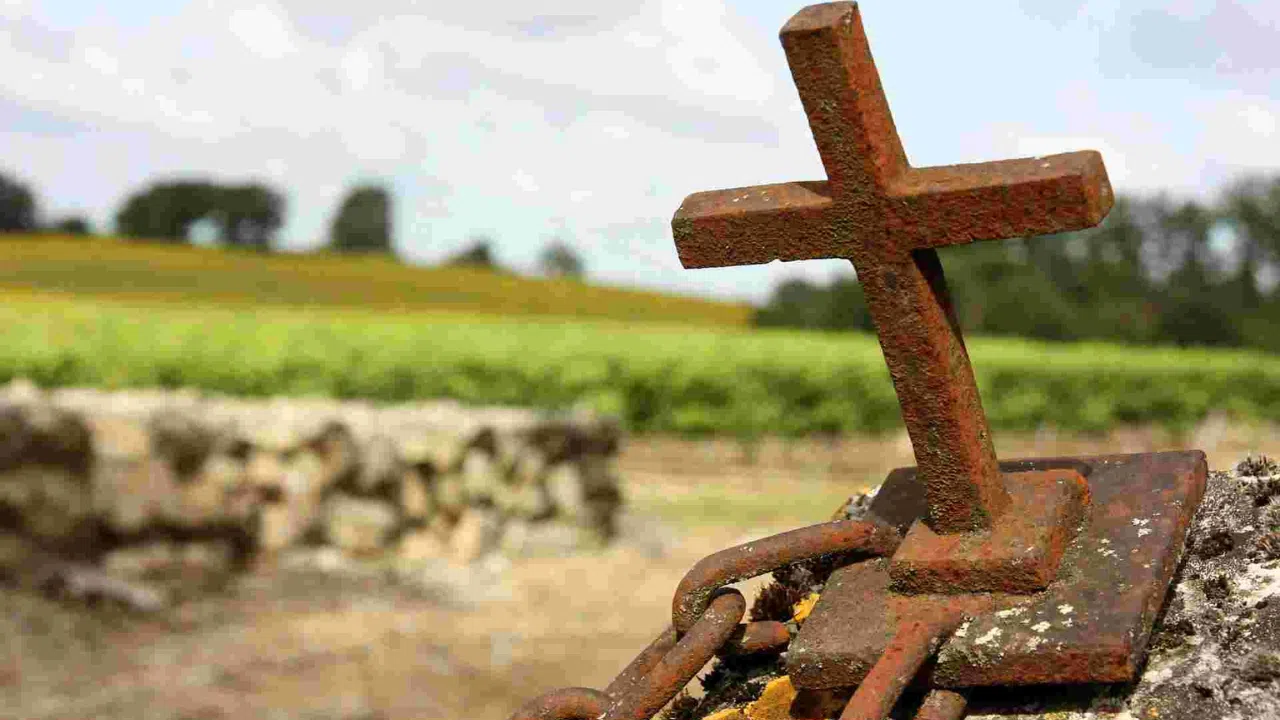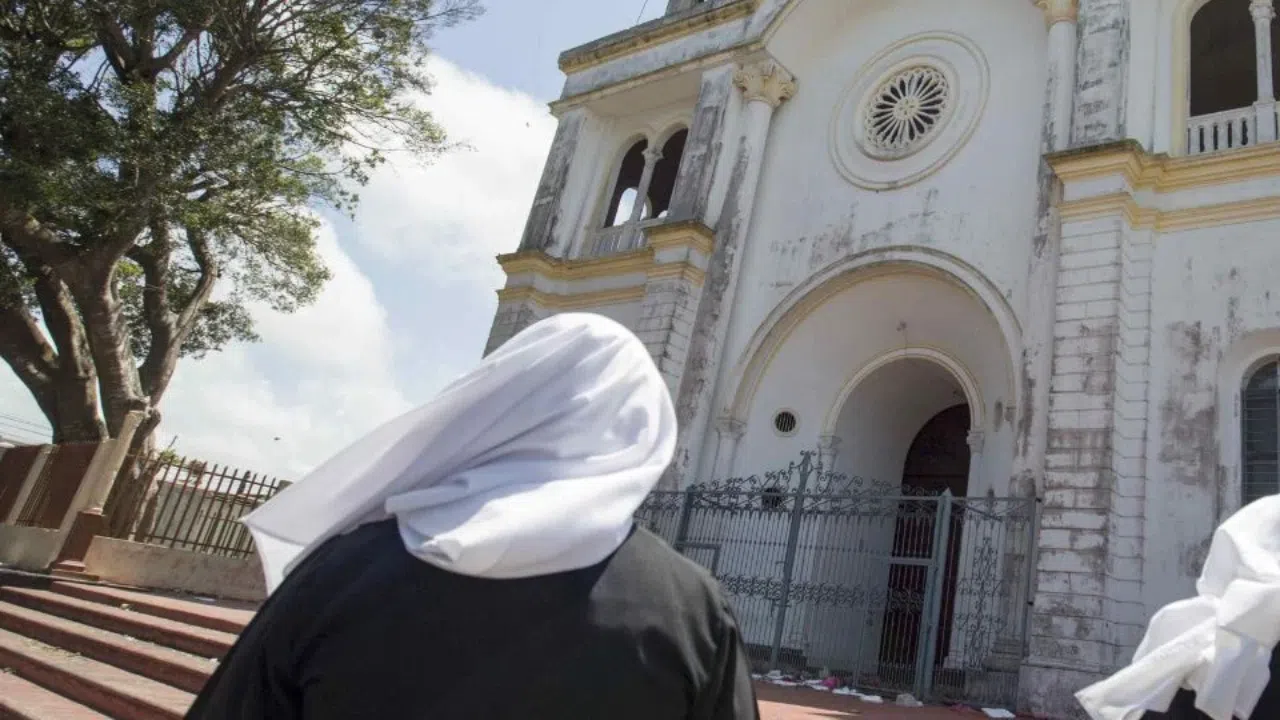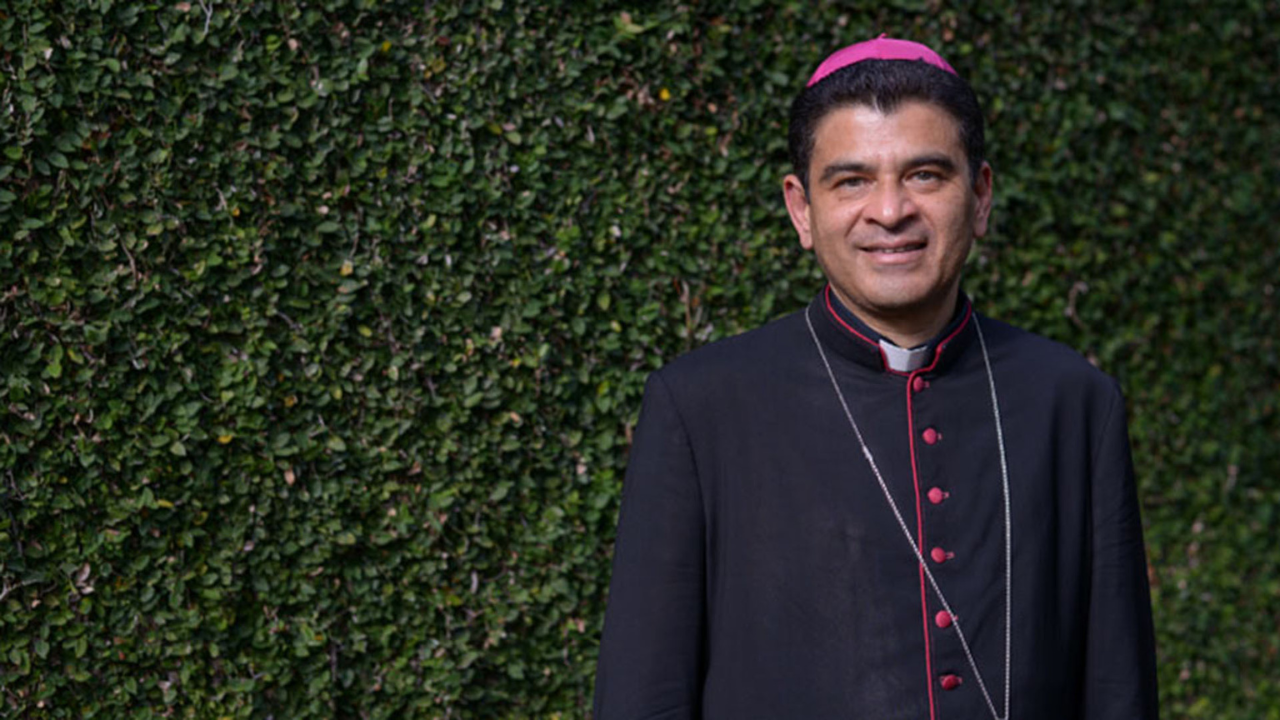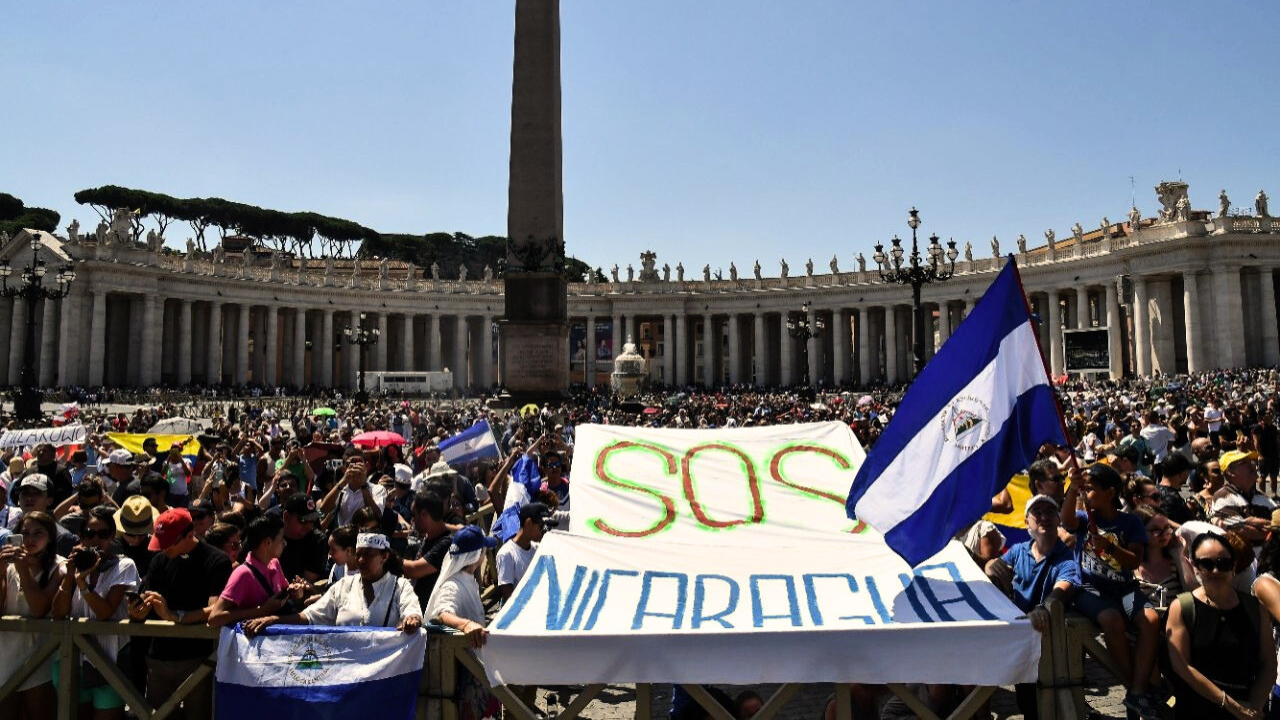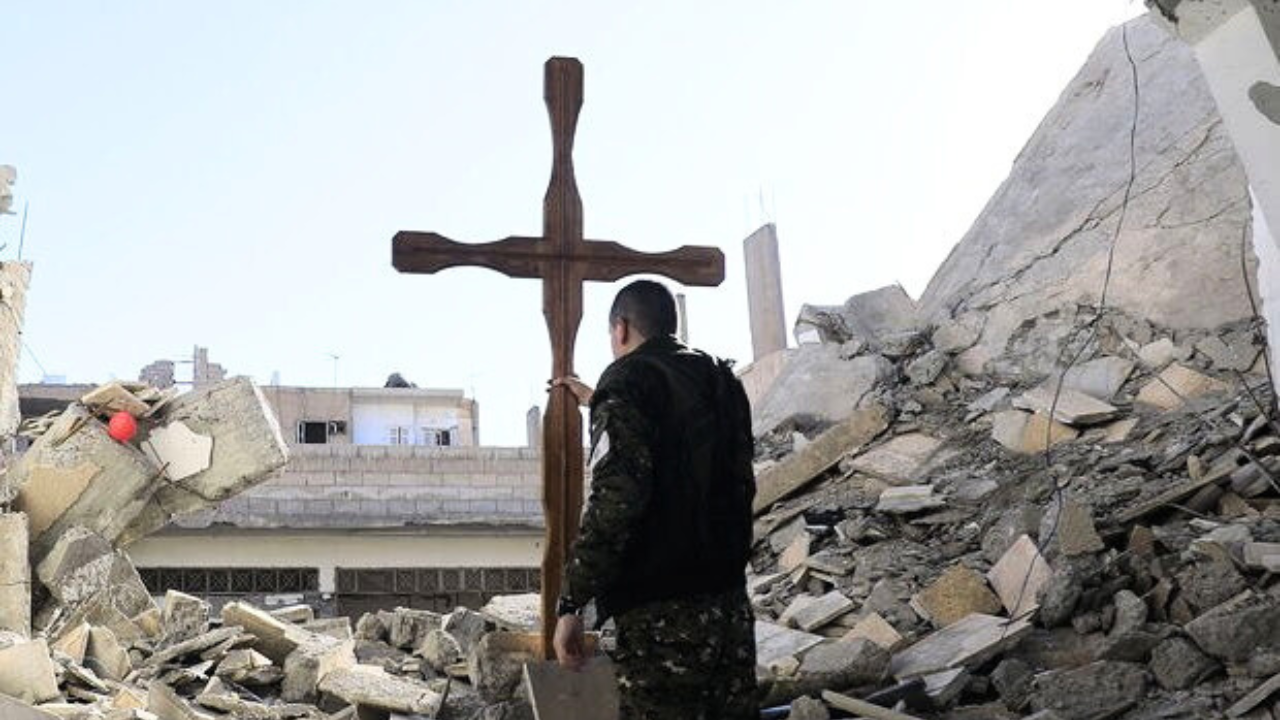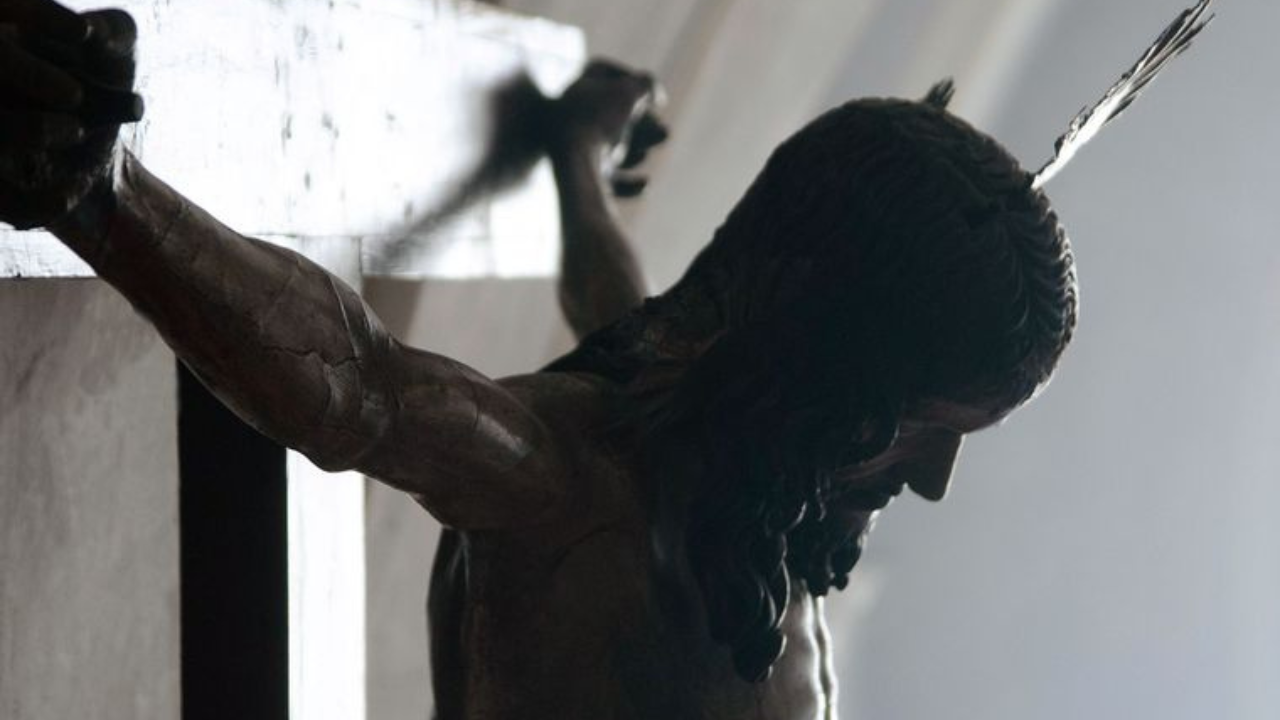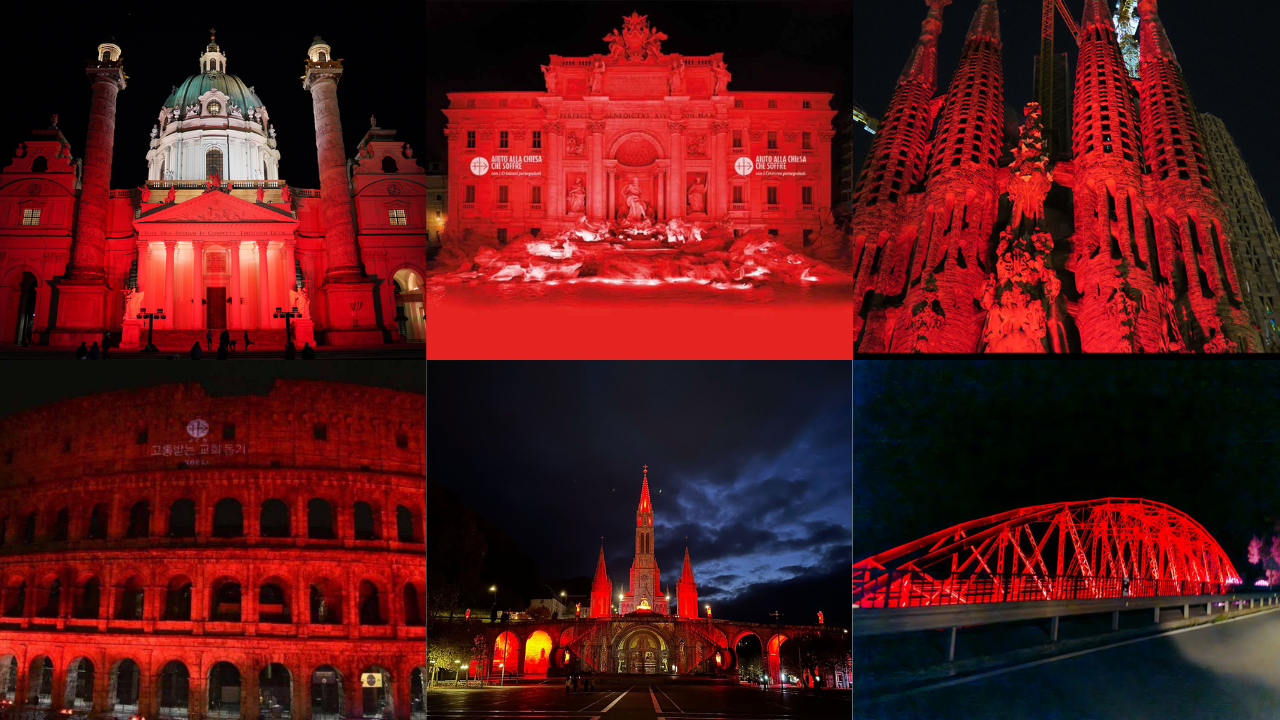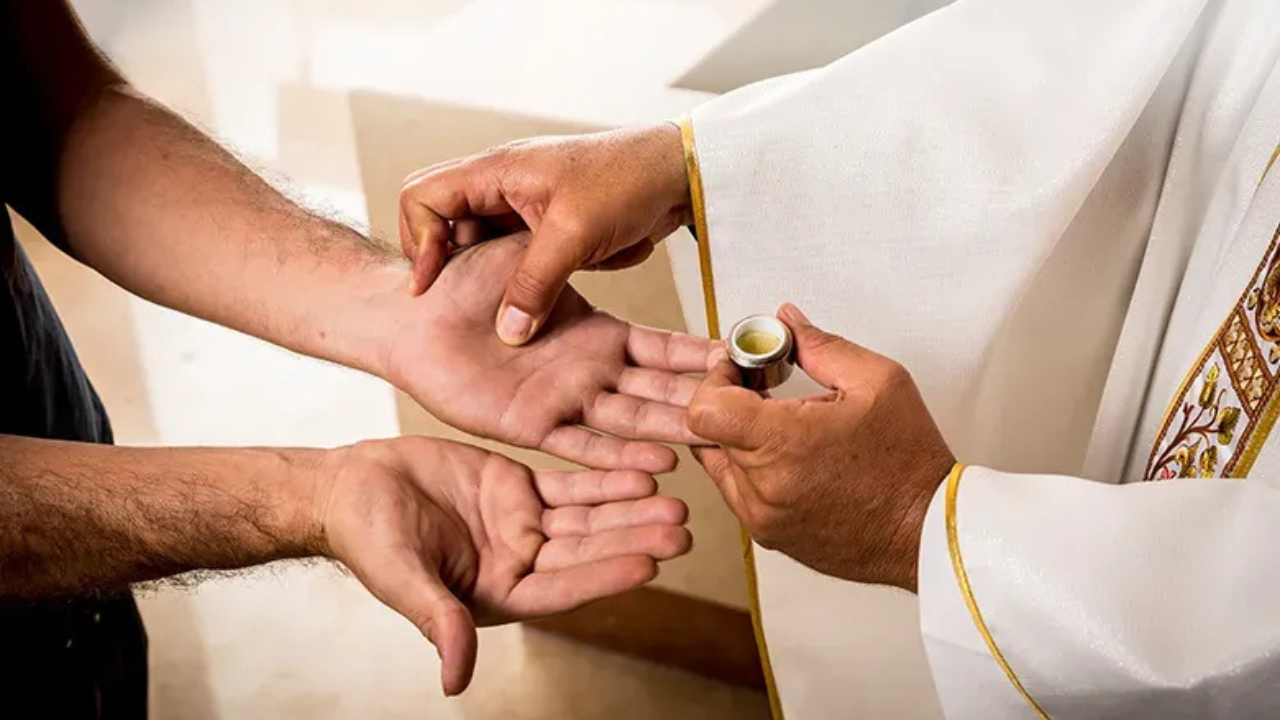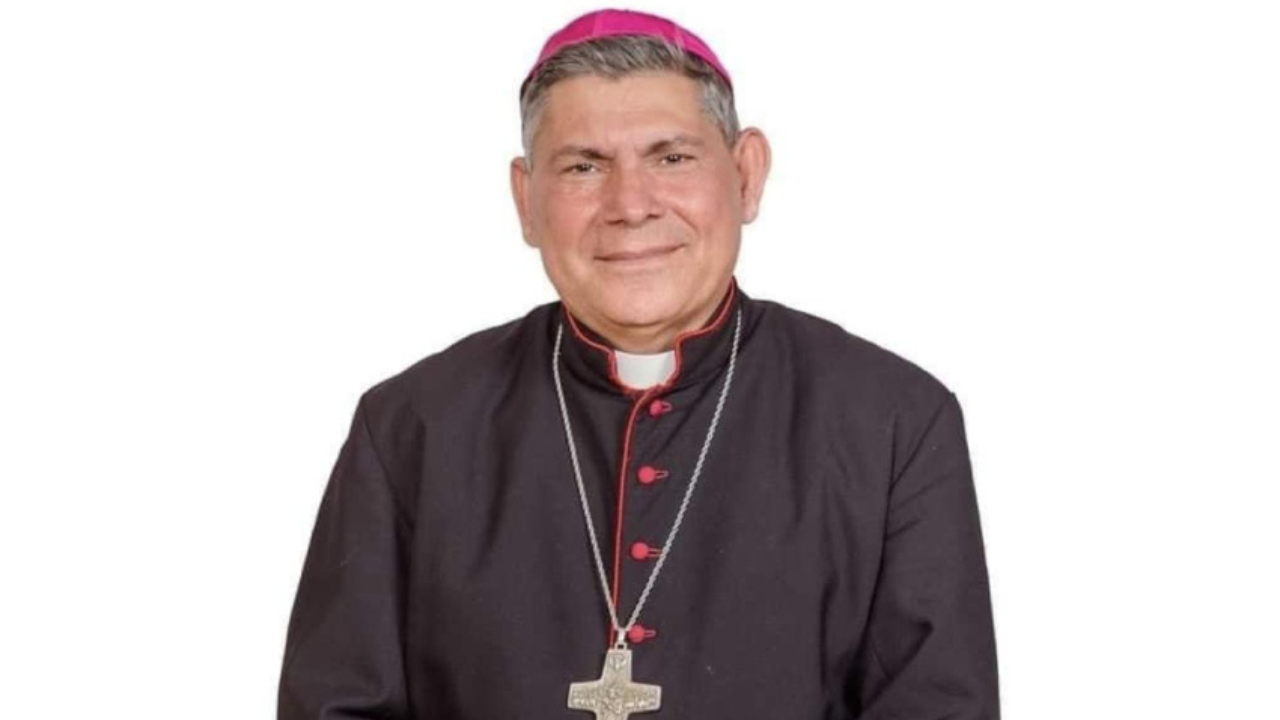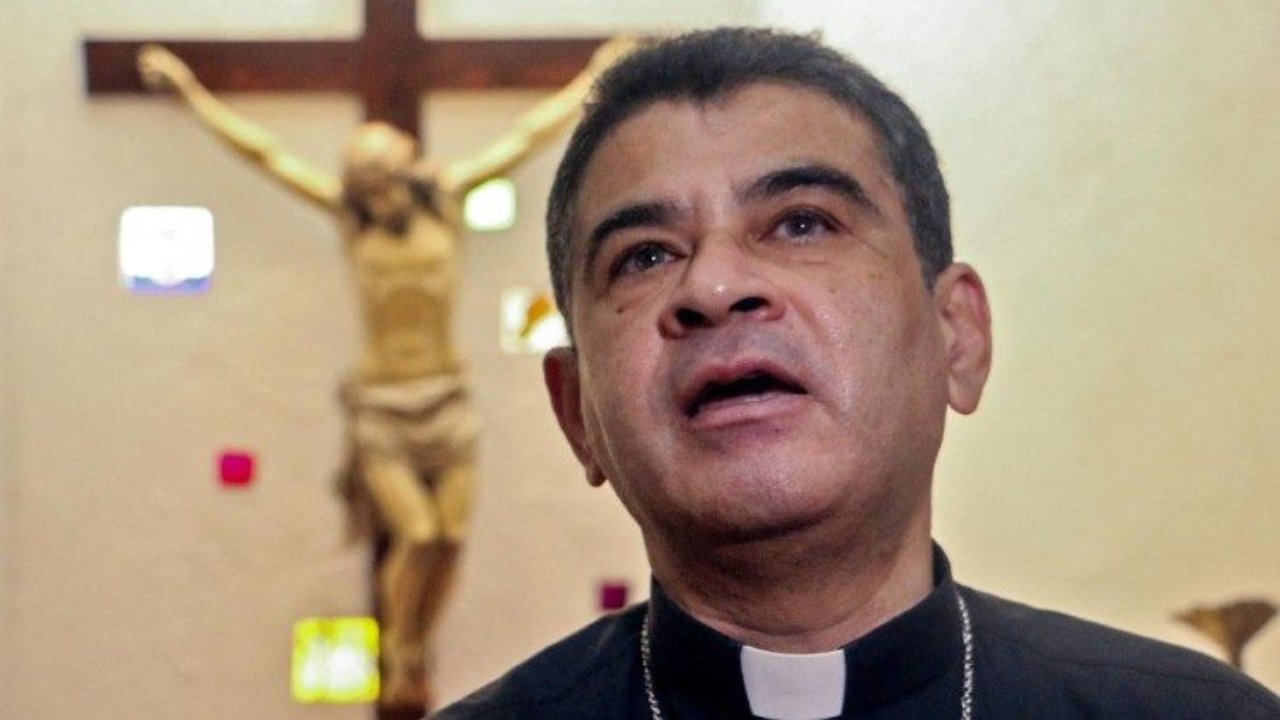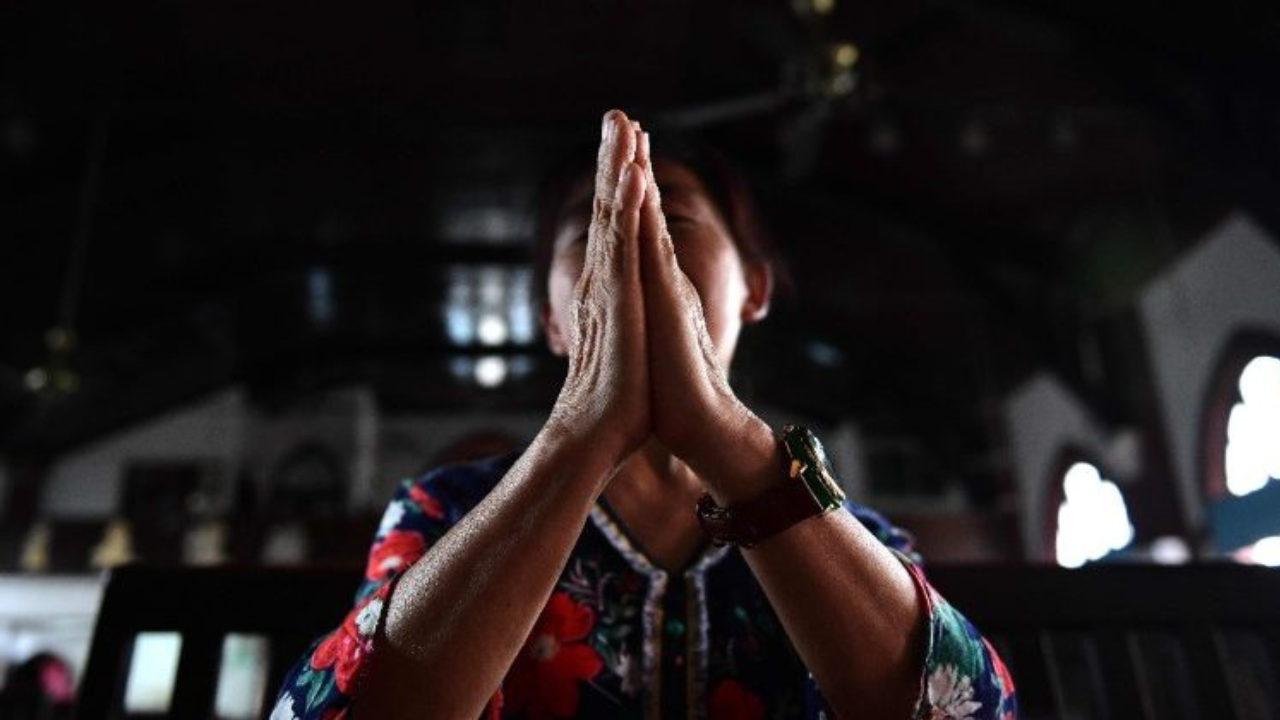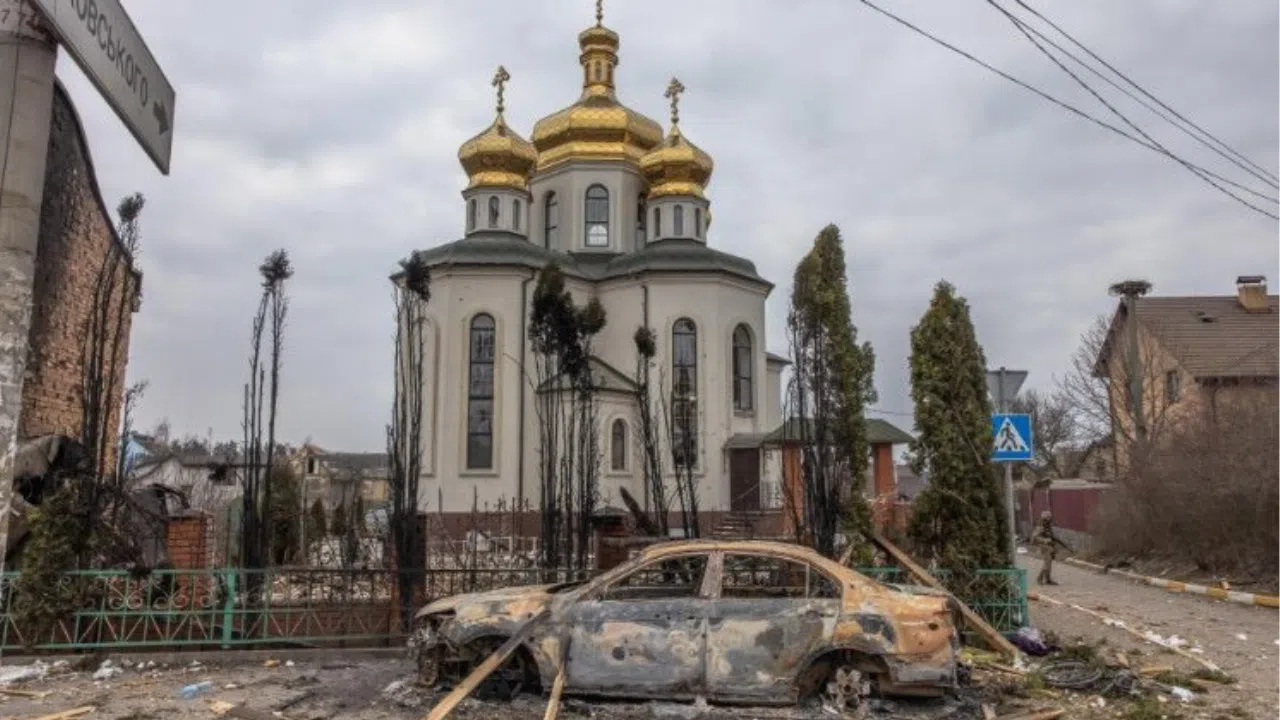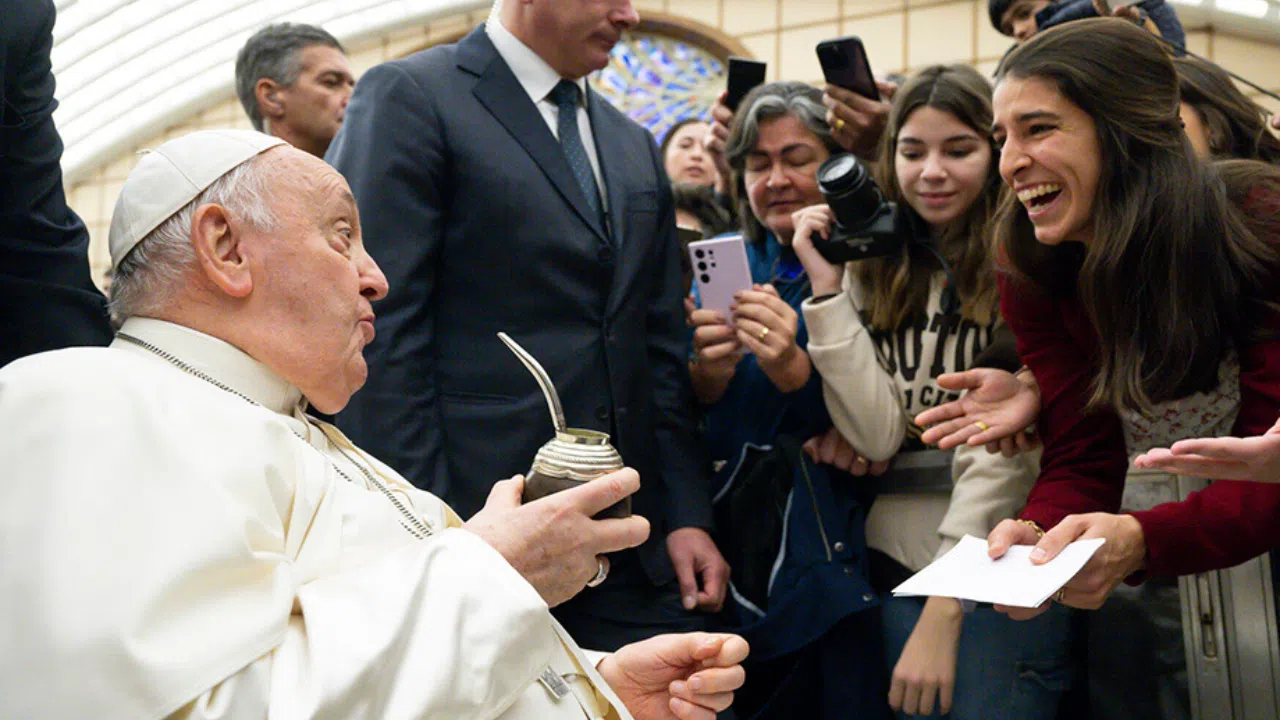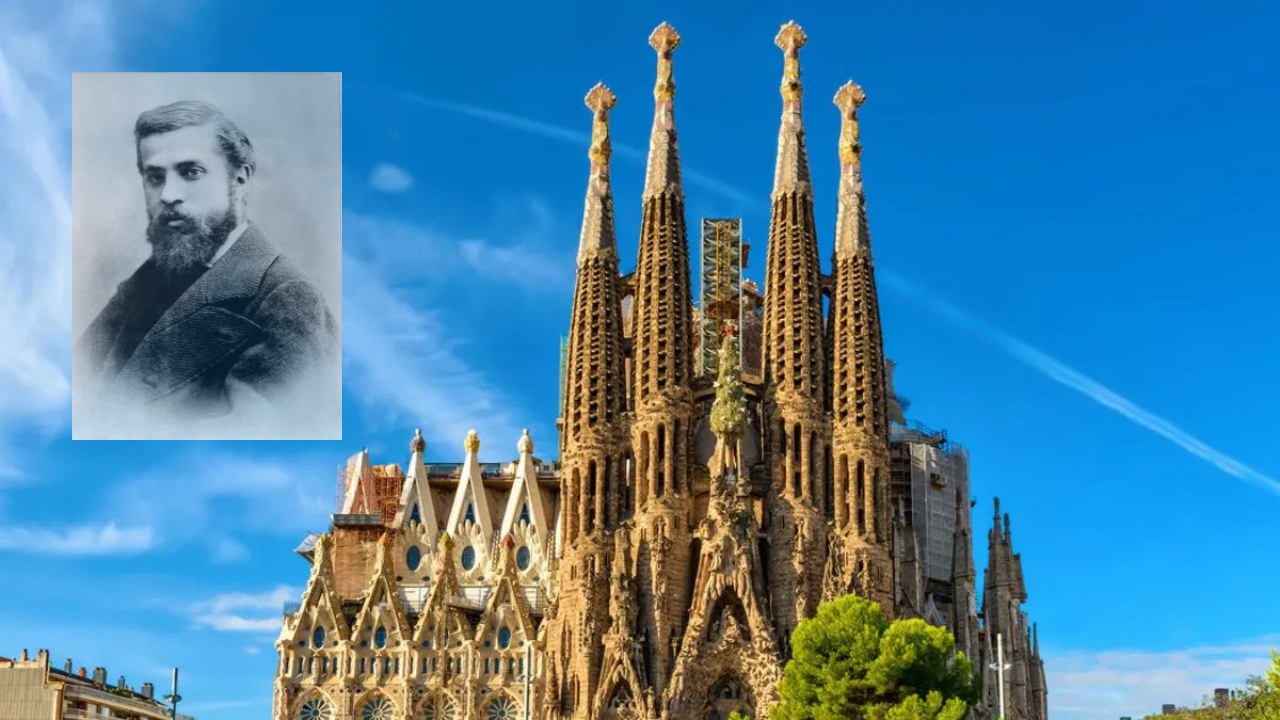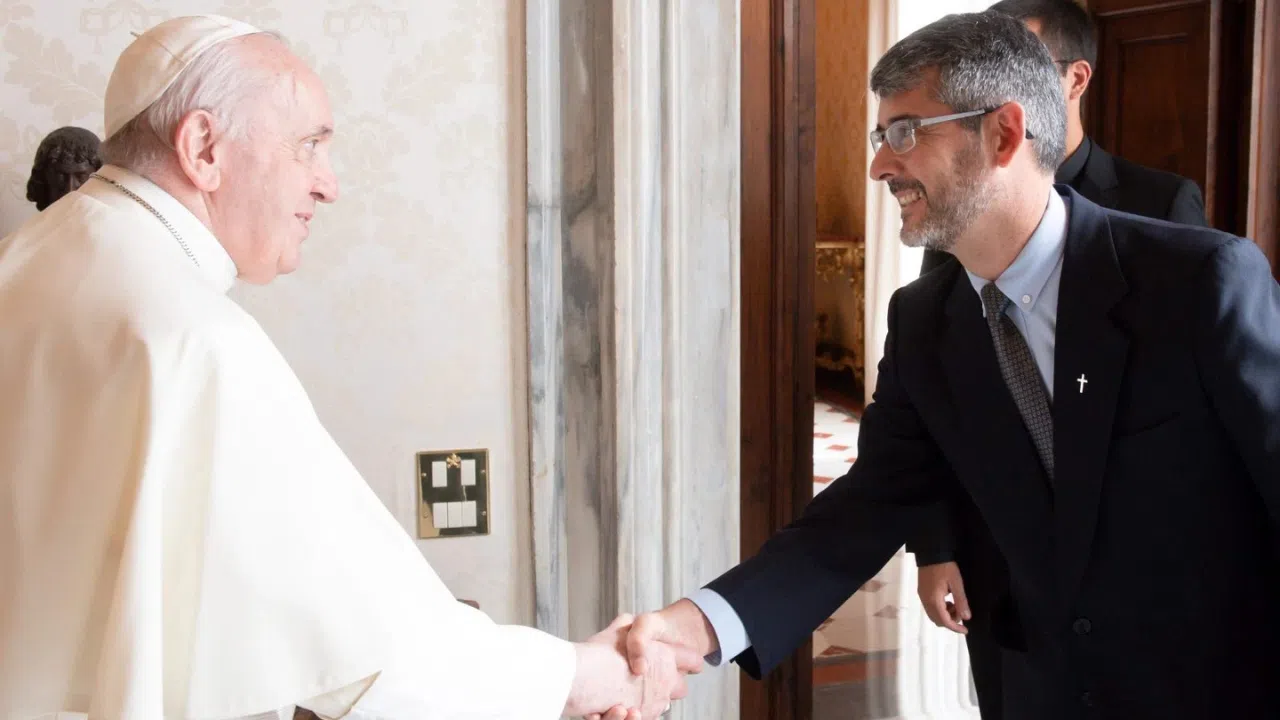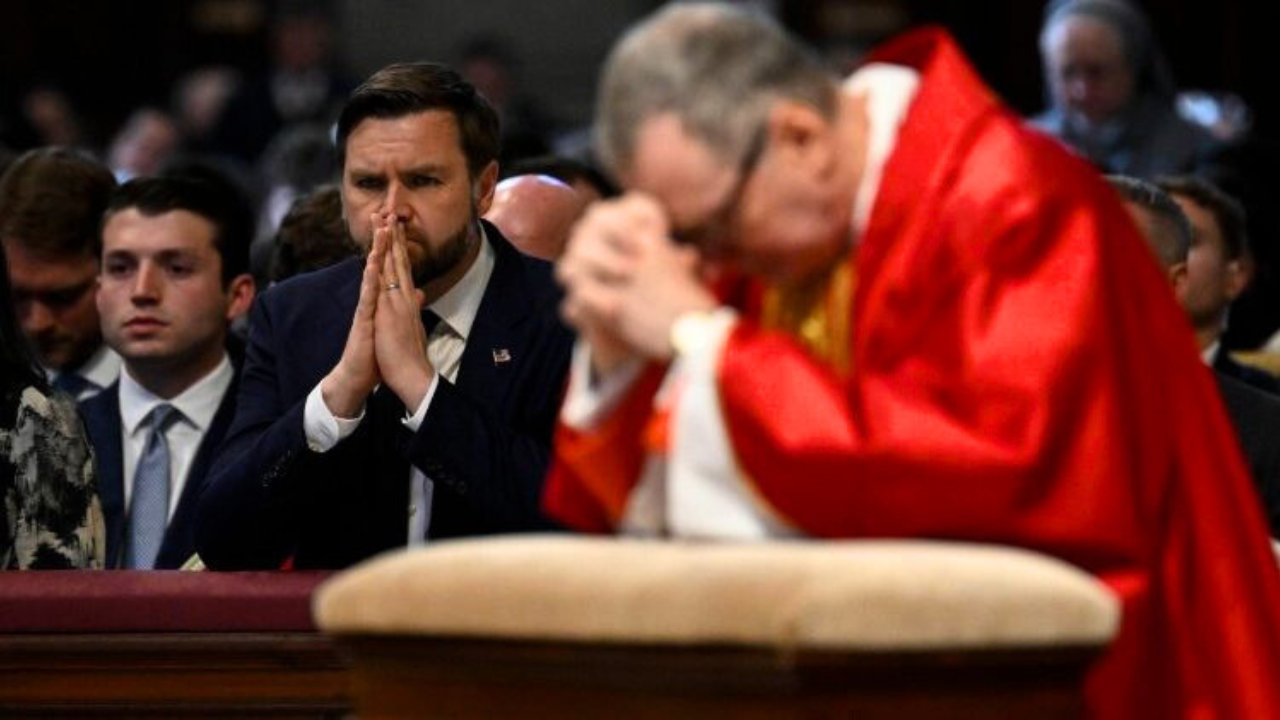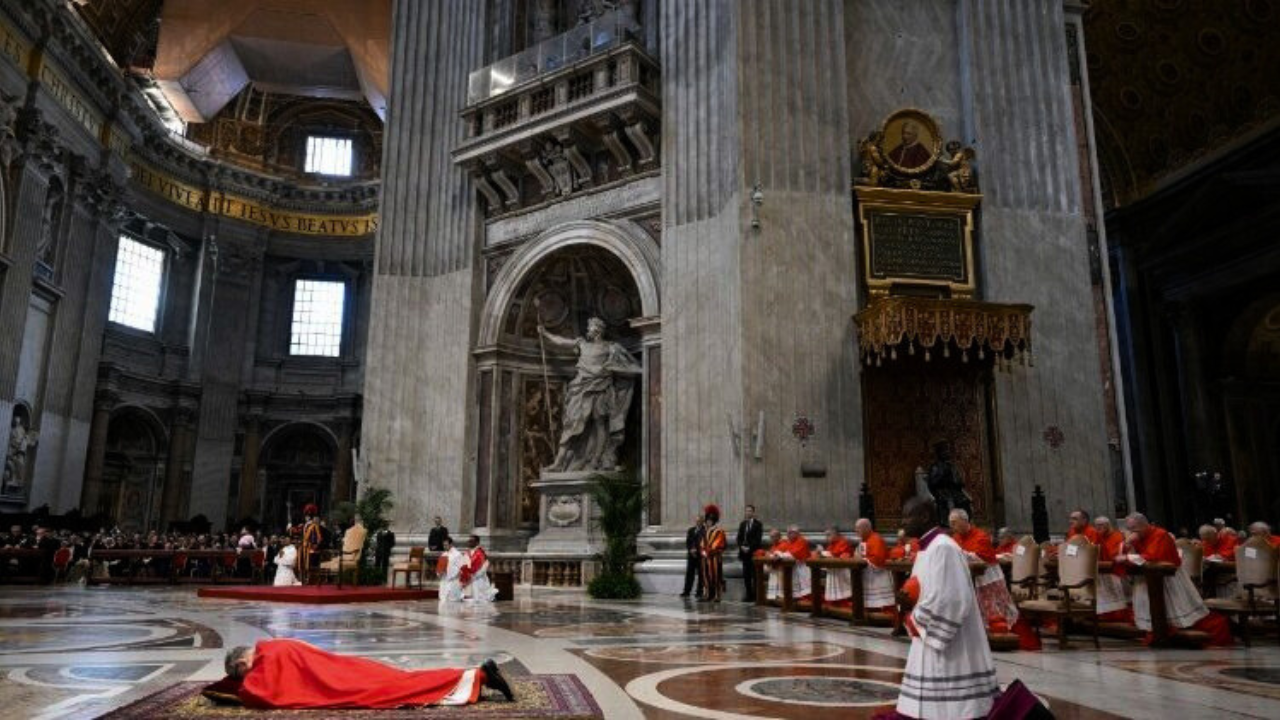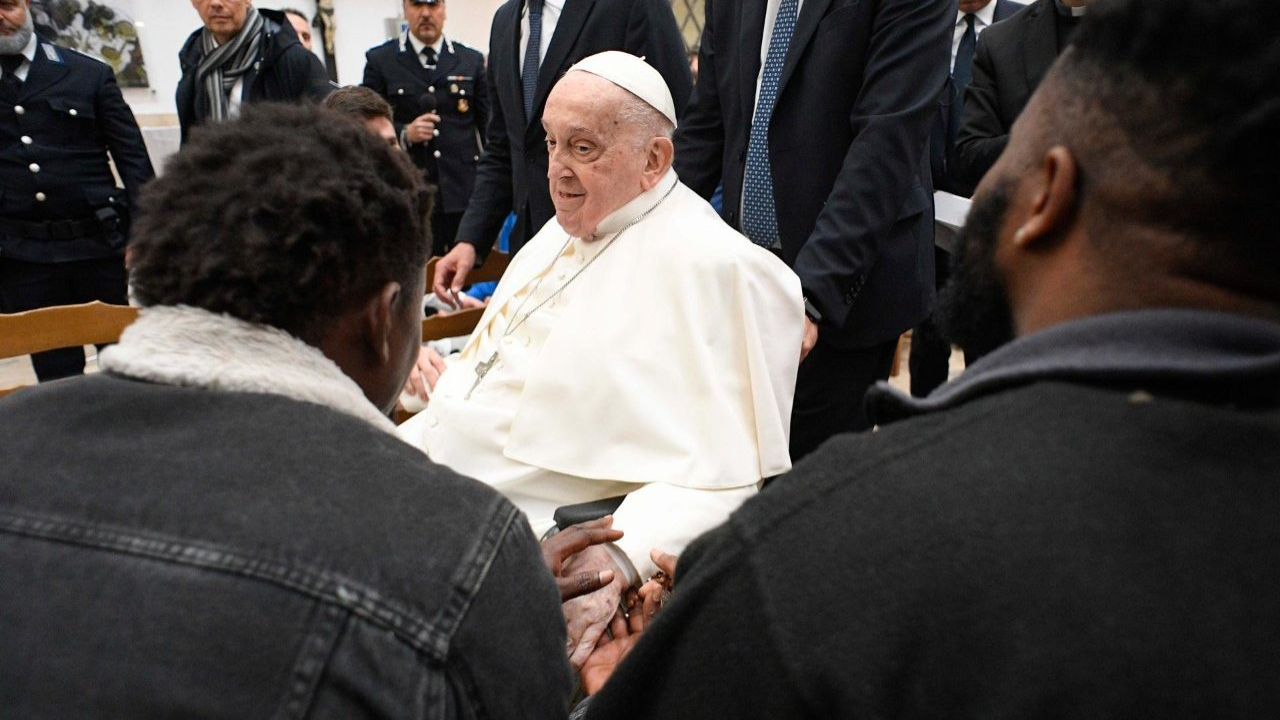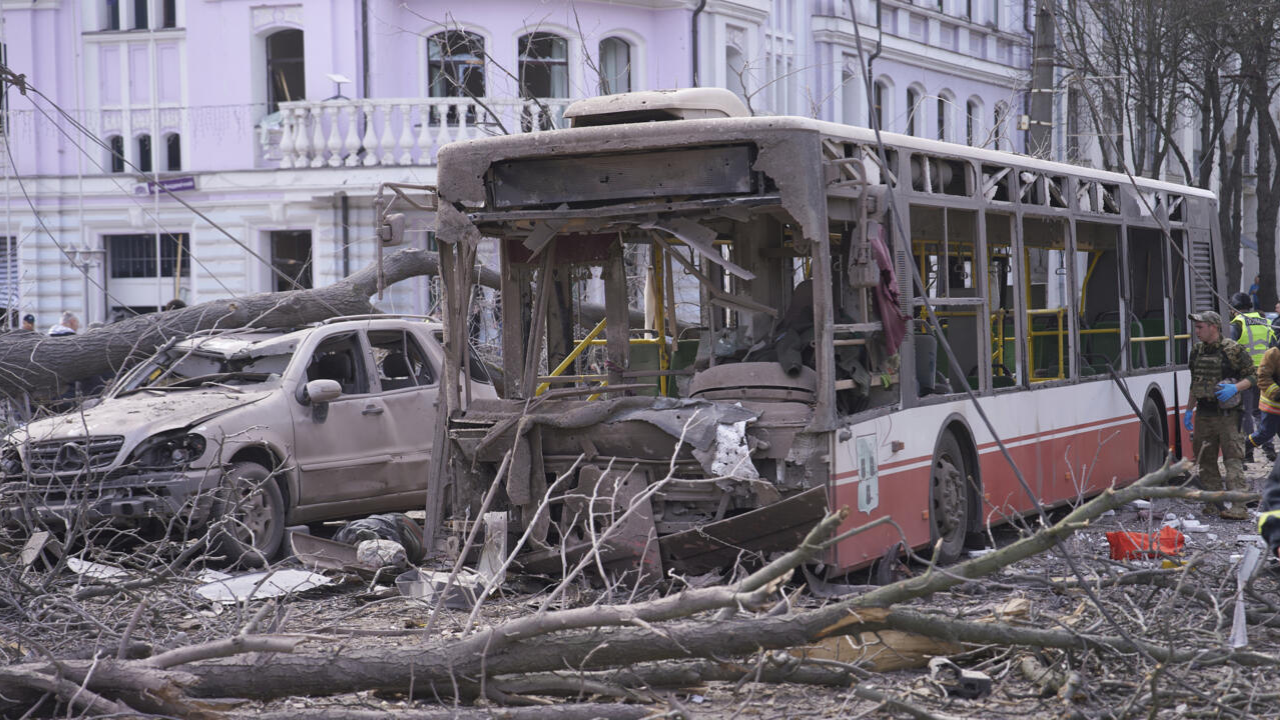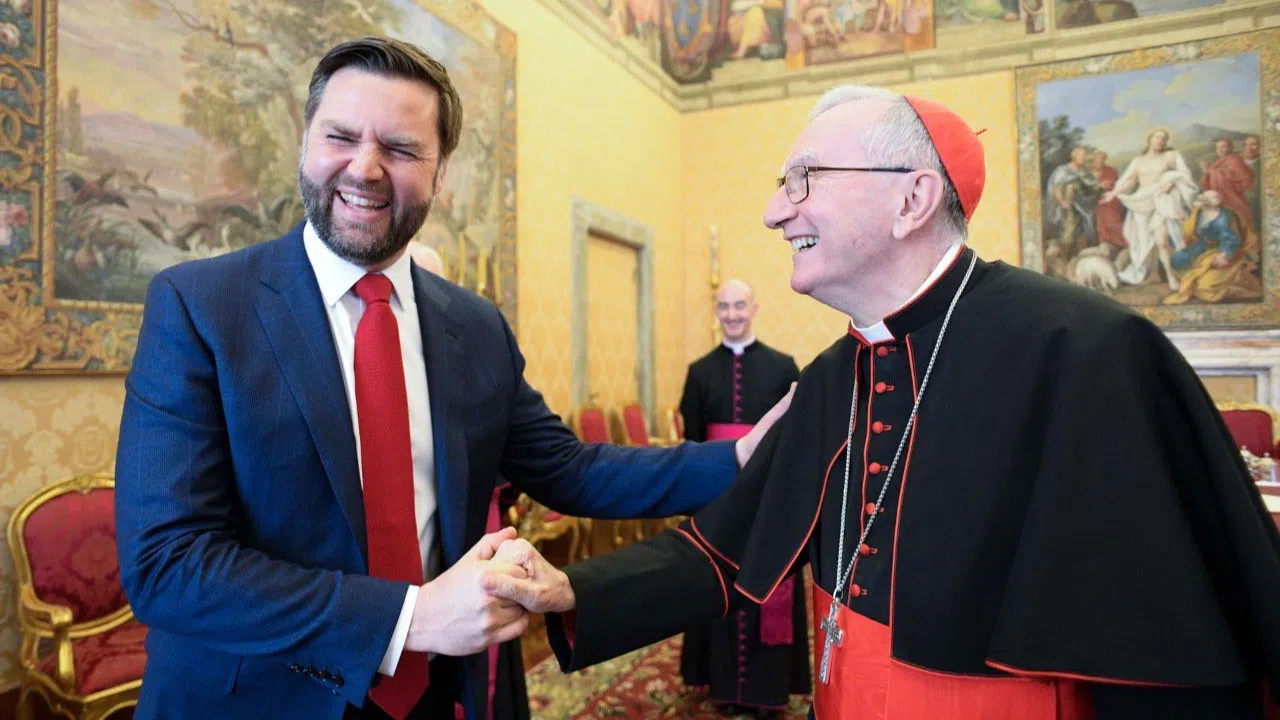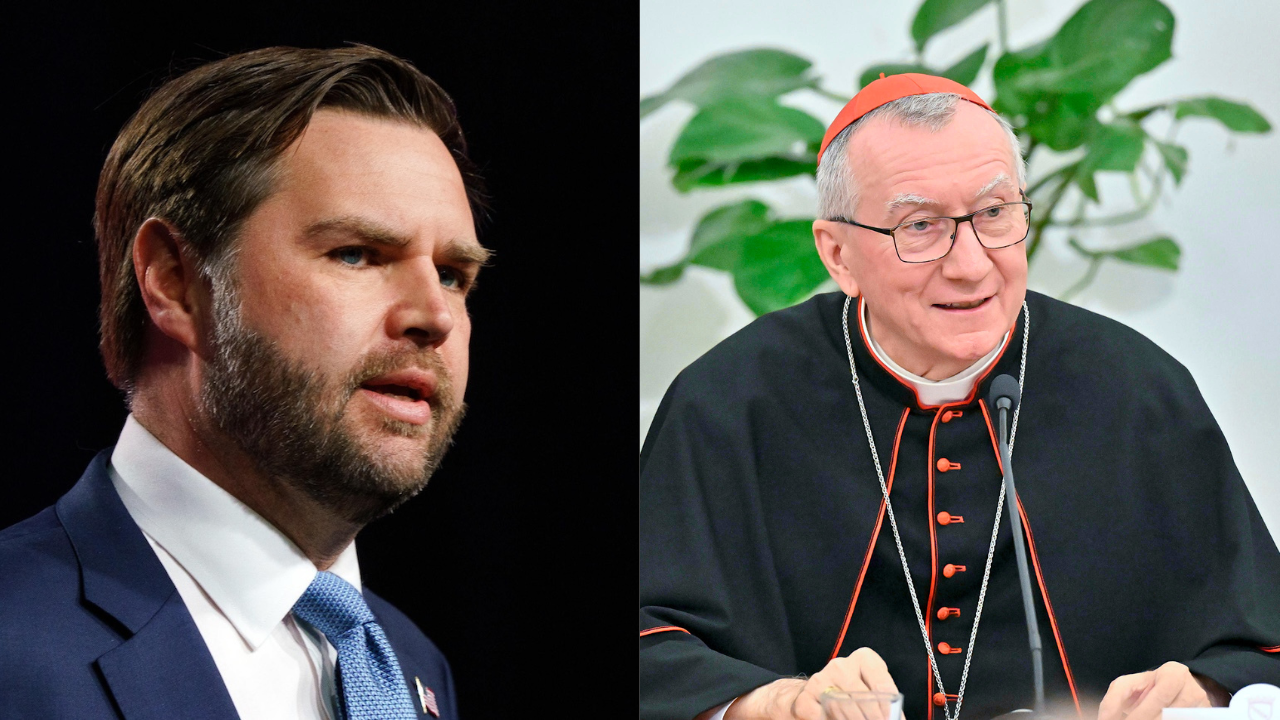When the Legionaries of Christ acquired this land to build a church and pilgrim house, they never imagined they would discover a real treasure.
Magdala, a town previously containing 4,000 inhabitants according to archaeologists was also Mary Magdalene's hometown. The excavations have recovered 20 percent of the surface at the present moment. Among other things, they have unearthed the port, purification baths and the market where fish were sent to Rome, according to historian Flavius Josephus.
However, the most important of all these discoveries is the synagogue from the first century, one of the seven known to exist at the time and perhaps the most beautiful, decorated with mosaics like these.
FR. JOSÉ FÉLIX ORTEGA
Vice Charge Pontifical Institute Notre Dame of Jerusalem Center
“We as Christians think that this is one of the synagogues where Jesus preached. The Gospel tells us that Jesus went through this area preaching in the synagogues. It does not mention Magdala, but it is one of the synagogues in the area and an important one. Therefore, we think that Jesus may have been here. It is also important for the people of Israel, for the Jewish people, because it helps connect them to their roots and to see that here it was important for worship.”
One of the important artifacts is this stone, known as the stone of Magdala, which is engraved with the oldest menorah known. It was a stone used to read the Torah. It also contains elements that evoke the Second Temple. Magdala Stone connects Christians and Jews in an equally important place for both creeds.
FR. JOSÉ FÉLIX ORTEGA
Vice Charge Pontifical Institute Notre Dame of Jerusalem Center
“We think Magdala is a meeting point between Jewish and Christian culture because there is an archaeological and a religious dialogue at the same time. In 2017 we had 135,000 visitors in Magdala.” “We recieve visitors especially from North America and Jews from Israel. For the Jewish people it has a very important value. This is why they are coming here to see these excavations that are not only important for us Christians, but also for them.”
Magdala has an enormous artistic and archaeological value, but above all it is a symbol of coexistence and dialogue between Christians and Jews in the Holy Land, two groups with a shared history called to share the same home.
